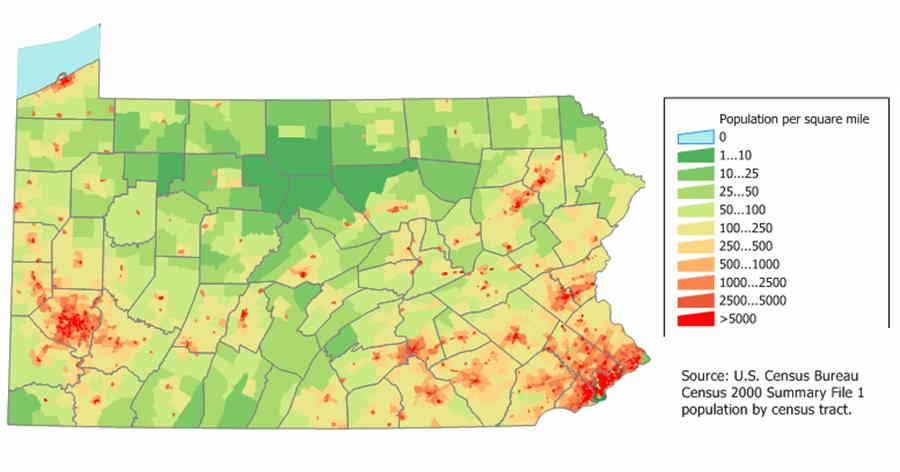
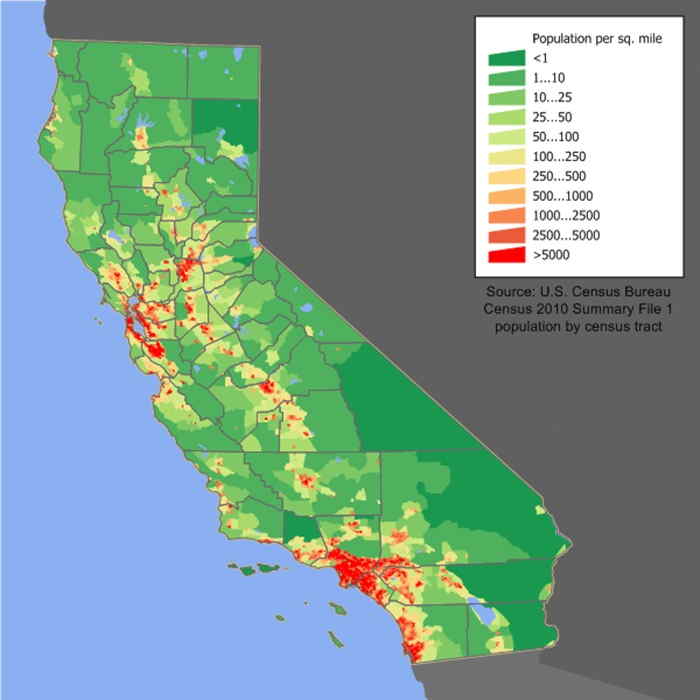
California is the most populous state in the United States, with an estimated population of 39,776,830 people as of July 1, 2019. California has a large and diverse population, with Hispanics making up the largest ethnic group in the state. Non-Hispanic whites make up 38% of the population, while Hispanics make up 38.5%, Asians make up 13.8%, African Americans make up 6%, and Native Americans make up 0.5%. California is also home to a large immigrant population, with nearly 27% of the population born in a foreign country.
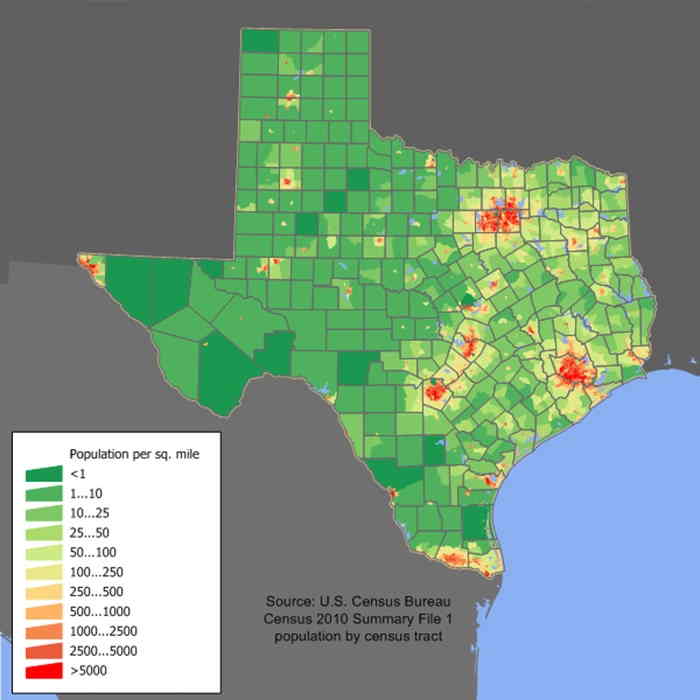
Texas is the second largest population state in the United States, behind California, with an estimated population of 30 million people as of 2020. Texas is a diverse state, with a population that is evenly split between urban and rural areas. The largest city in Texas is Houston, with a population of 2.3 million people, followed by San Antonio with a population of 1.5 million. Dallas and Austin also have large populations, with 1.3 million and 1 million people, respectively. The racial makeup of Texas is a diverse mix of many different groups, including White (42.4%), Black or African American (12.2%), Hispanic or Latino (41.4%), Asian (4.7%), and other (3.3%). The largest ethnic group in Texas is Mexicans, making up around one third of the population. Texas also has a large foreign-born population, with over 4.2 million foreign-born residents.
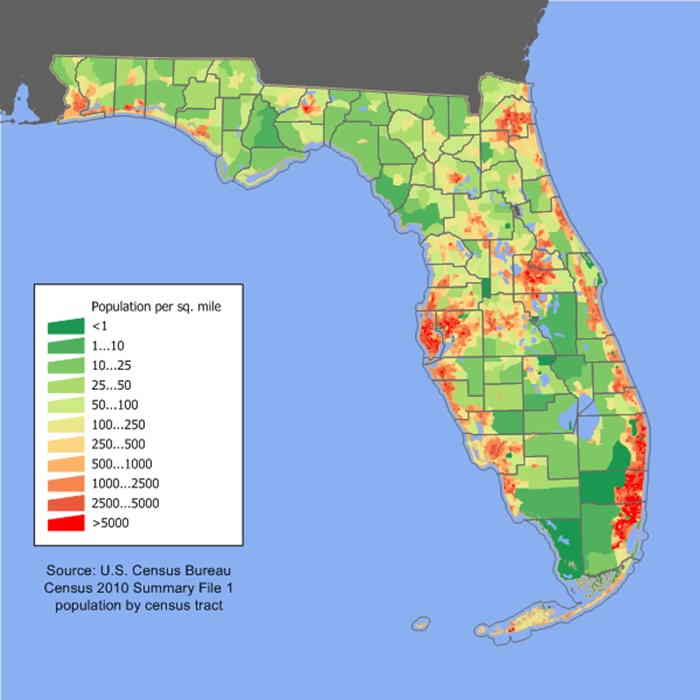
Florida is the third most populous state in the United States, with a population of over 21 million people. This population is diverse in terms of age, race, gender, and ethnicity. In terms of race, the majority of Florida’s population is white (57.2%), followed by Black or African American (17.5%), Hispanic or Latino (25.5%), Asian (3.7%), and other (6.1%). In terms of gender, the population is almost evenly split, with men making up 50.6% and women making up 49.4%. In terms of ethnicity, the majority of Florida’s population is Hispanic or Latino (25.5%), followed by Non-Hispanic White (57.2%), Non-Hispanic Black or African American (17.5%), and Other (6.1%).

New York state has a very large and diverse population. According to the 2019 US Census, it is the fourth most populous state in the United States. As of July 1, 2019, the population of New York was estimated at 19,453,561. According to the 2019 US Census, the largest racial group in New York is White, accounting for 58.3% of the population. The second largest racial group is Hispanic or Latino, making up 18.5% of the population. The third largest racial group is Black or African-American, making up 15.7% of the population. Other racial groups include Asian (8.2%) and Native American (0.9%). New York is also home to many different religious faiths. According to the 2019 US Census, Protestantism is the largest religious group in the state, accounting for 38.2% of the population. Catholicism is the next largest group, making up 31.2% of the population. Other religious faiths include Judaism (7.3%), Islam (3.5%), Buddhism (1.1%), and Hinduism (0.5%).
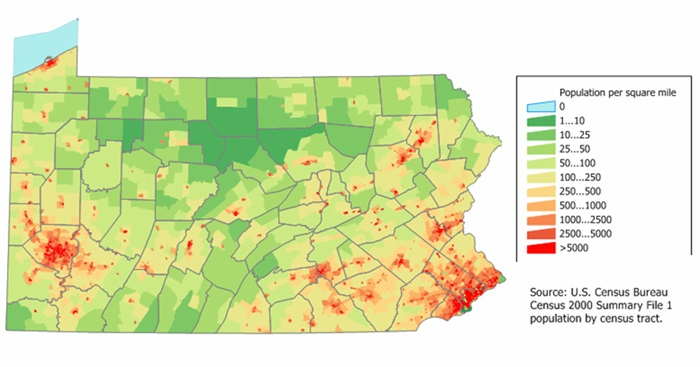
Pennsylvania is the sixth most populous state in the United States with an estimated population of 12.8 million as of 2019. It is home to a diverse population of both rural and urban residents. Philadelphia is the largest city and metropolitan area in Pennsylvania, with a population of over 1.5 million. Pittsburgh is the state's second largest city, with a population of over 300,000. The state also has many smaller cities and towns, and its population is spread out fairly evenly among all of its counties. Pennsylvania's population is made up of a variety of ethnic and racial backgrounds. The largest racial group is White, accounting for 80.2% of the population, followed by Black or African American (10.9%), Hispanic or Latino (8.0%), and Asian (3.6%).

Illinois is the sixth most populous state in the United States, with a population of 12,671,821 as of the 2019 estimates. The largest city in Illinois is Chicago. This metropolitan area is the third-largest in the country, behind only New York City and Los Angeles. The Chicago metropolitan area is home to over 10 million people, accounting for more than two-thirds of the state’s population. The second-largest city in Illinois is Aurora, with a population of 197,899. Illinois is a diverse state, with a population that is made up of many different ethnic backgrounds. The largest racial/ethnic group in the state is white, accounting for 67.3% of the population. African Americans make up 14.5% of the population, while Hispanics and Latinos make up 15.2%.
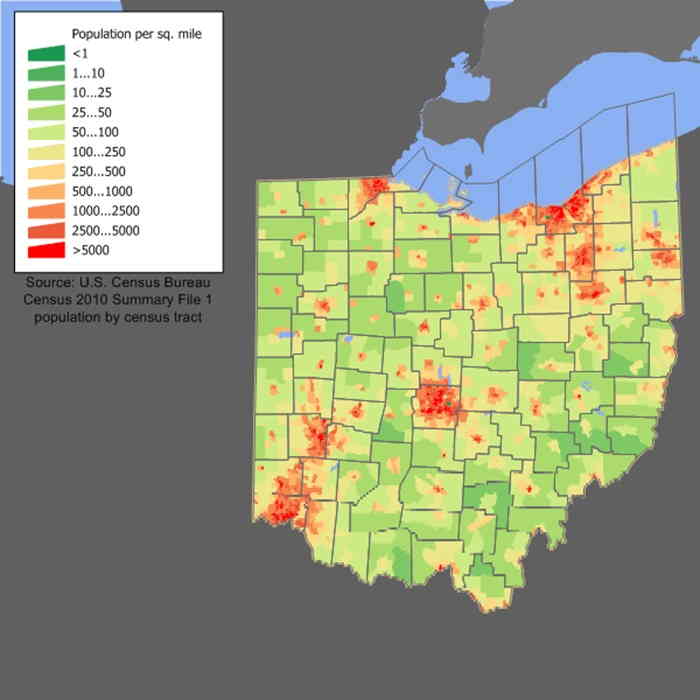
Ohio is the 7th most populous state in the United States with an estimated population of 11.7 million in 2019. Ohio's population is fairly evenly spread across the state, with the majority living in metropolitan areas such as Cleveland, Columbus, Cincinnati and Toledo. The state has long been a destination for migrants from all over the world, and its population is highly diverse. In 2019, the state's population was estimated to be 62.7% White, 11.7% African American, 3.2% Asian, 1.3% Native American, 1.2% Pacific Islander and 0.3% from two or more races. The Hispanic or Latino population of any race made up 4.7% of the population.
_1478.jpg)
Georgia is a state in the southeastern United States with a population of 10,617,423 as of 2019. It is the 8th most populous state in the country, and is the only state east of the Mississippi River to have a population of over 10 million. Georgia's population is diverse, with a mix of African-American, White, Latino, and Asian Americans. The African-American population of Georgia is the largest of any state in the US, with 30.5% of the population identifying as black. White residents make up 54.3% of the population, while Latino residents make up 8.3% and Asian Americans make up 5.9%. The majority of Georgians live in the Atlanta metropolitan area, which is the 9th largest metropolitan area in the country.
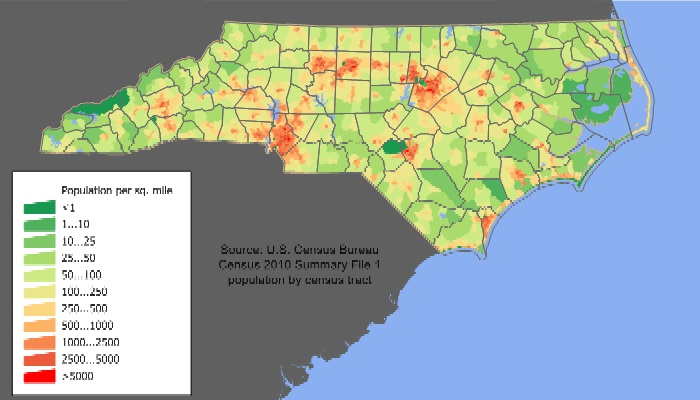
North Carolina is a state in the Southeastern United States. In 2019, the population of North Carolina was estimated to be 10.48 million. It is the ninth most populous state in the country. The largest city in North Carolina is Charlotte, with an estimated population of 872,498. The capital city of Raleigh is the second largest city with an estimated population of 464,758. North Carolina is a fairly diverse state, with a majority white population of 63.3%. African Americans make up 22.1% of the population, followed by Hispanics at 9.1%. Other minority groups include Asians with 3.2%, Native Americans with 1.2%, and those of two or more races with 1.2%.
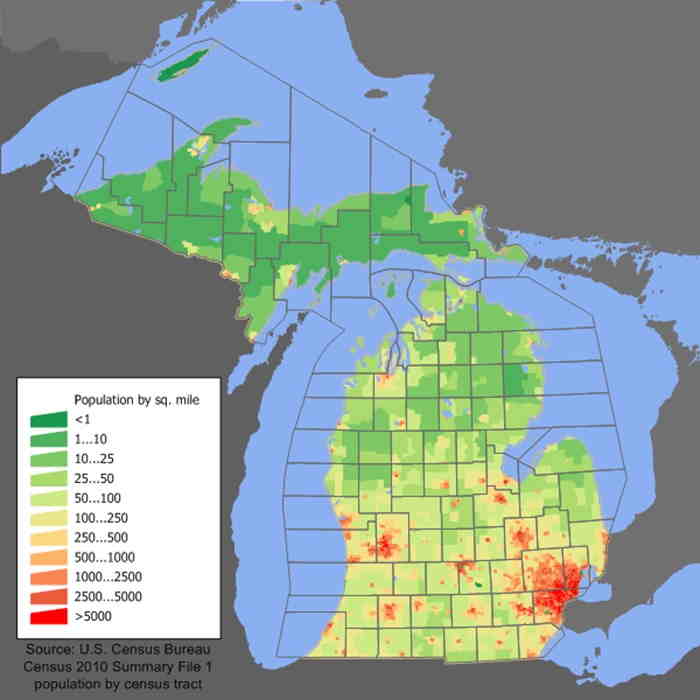
Michigan is the tenth most populous state in the U.S., with an estimated population of 9,986,857 in 2019. The largest metropolitan area in Michigan is Detroit, which is also the most populated city in the state. As of 2019, Detroit had an estimated population of 672,662 people. The city is home to many different cultures and ethnicities, making it one of the most diverse cities in the nation. Other large cities in Michigan include Grand Rapids, Warren, Ann Arbor, Lansing, and Flint. The state is home to a variety of different racial groups, including White (79.3%), African American (14.2%), Asian (2.2%), and Hispanic or Latino (4.1%).